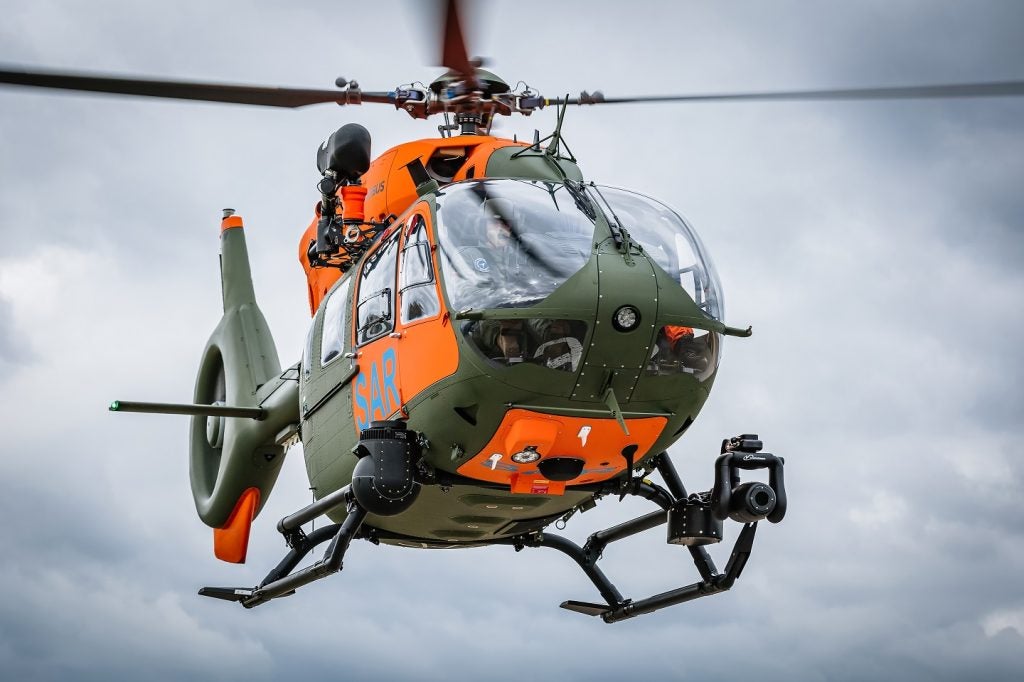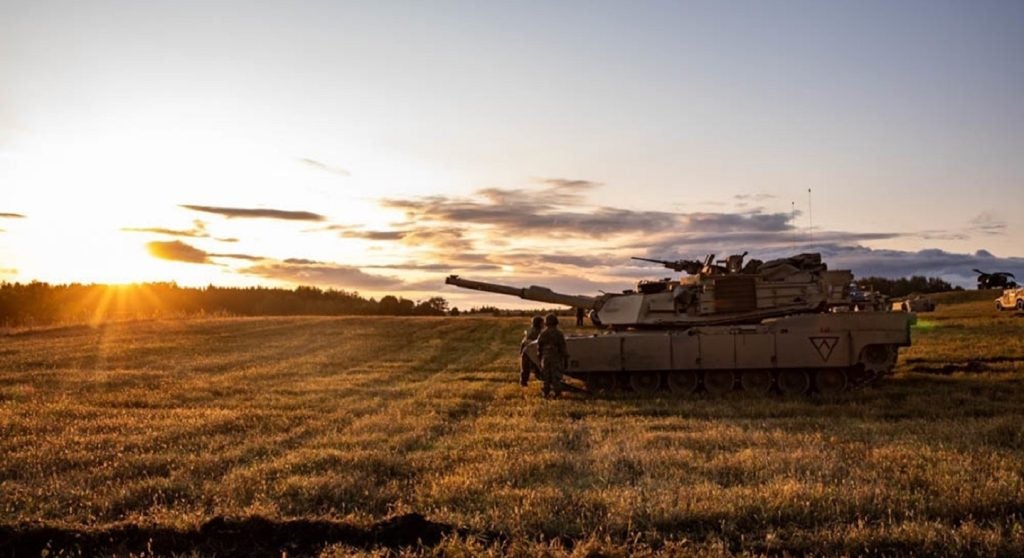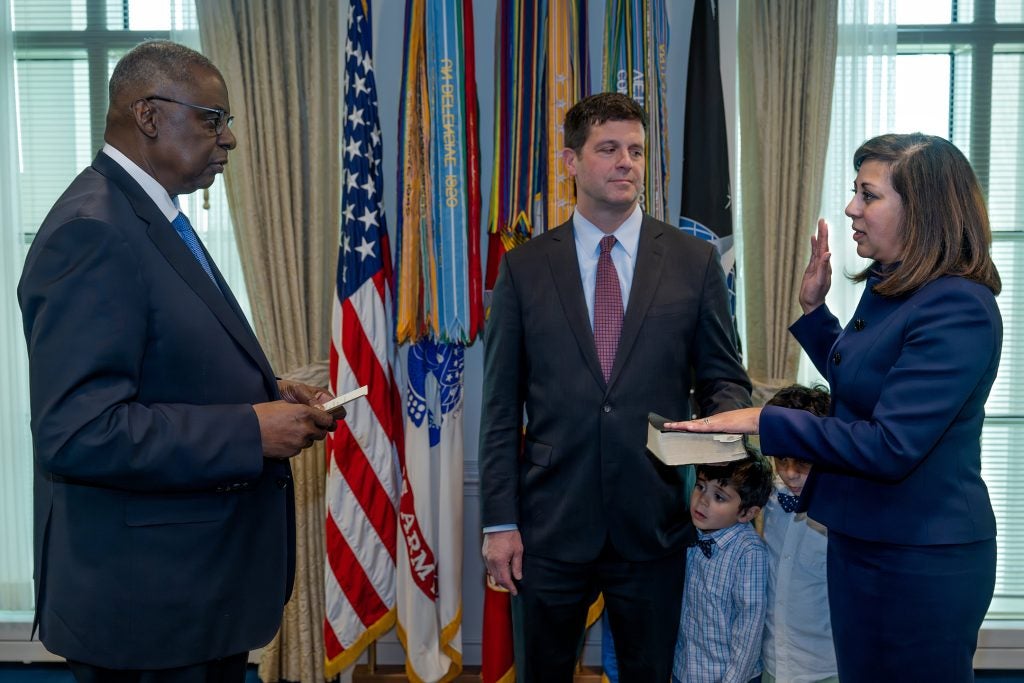The B-1 Program Office has sponsored an initiative to create a virtual or digital twin of the US Air Force’s (USAF) B-1B Lancer.
The initiative is being carried out with Wichita State University’s National Institute of Aviation Research (NIAR) to keep the bomber operational.
It is expected to aid in identifying maintenance and structural problems with the bomber before they take place.
The B-1B Lancer has a maximum speed of 900mph and a payload of 75,000lb.
B-1 Engineering Branch material leader lieutenant colonel Joseph Lay said: “Right now we are in a very reactive state when the B-1 has an issue.
“For example, if we find a crack on the [B-1] fleet, we then have to go and develop the repair, which isn’t the way you want to be.
How well do you really know your competitors?
Access the most comprehensive Company Profiles on the market, powered by GlobalData. Save hours of research. Gain competitive edge.

Thank you!
Your download email will arrive shortly
Not ready to buy yet? Download a free sample
We are confident about the unique quality of our Company Profiles. However, we want you to make the most beneficial decision for your business, so we offer a free sample that you can download by submitting the below form
By GlobalData“You want to already have the repair on the shelf, so that when you need it, it’s there. The digital twin will help us get to that point.”
The B-1 from the Bone Yard, which is known as the 309th Aerospace Maintenance and Regeneration Group (AMARG) at the Davis-Monthan Air Force Base, Arizona, will be used for the initiative.
It was manufactured in 1985 and last operated in 2002.
The NIAR team are currently disassembling, inspecting and scanning all the parts of the aircraft.
Lay added: “Through the scanning process, we will discover all the places that saw structural failure or damage. It will create a living medical record for the B-1.
“Then we will be able to apply data from aircraft in the field to help us predict areas that are more likely to have structural issues.
“This living virtual model of the B-1’s structure will be superimposed with layers of maintenance data, test/inspection results, and analysis tools, which can be integrated over the aircraft’s life cycle.”
The disassembling and scanning of all parts are expected to take six years.
The B-1 Program Office is part of the Bombers Directorate of the Air Force Life Cycle Management Center.







